List of Olympic medalists in art competitions on:
[Wikipedia]
[Google]
[Amazon]
 There were 146 medalists in the art competitions that were part of the
There were 146 medalists in the art competitions that were part of the
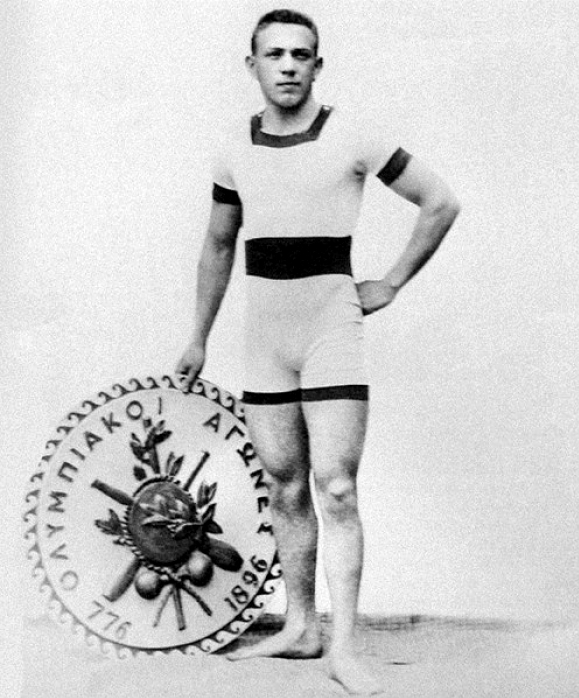

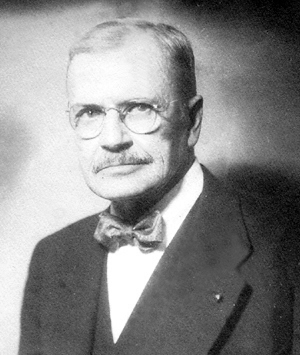

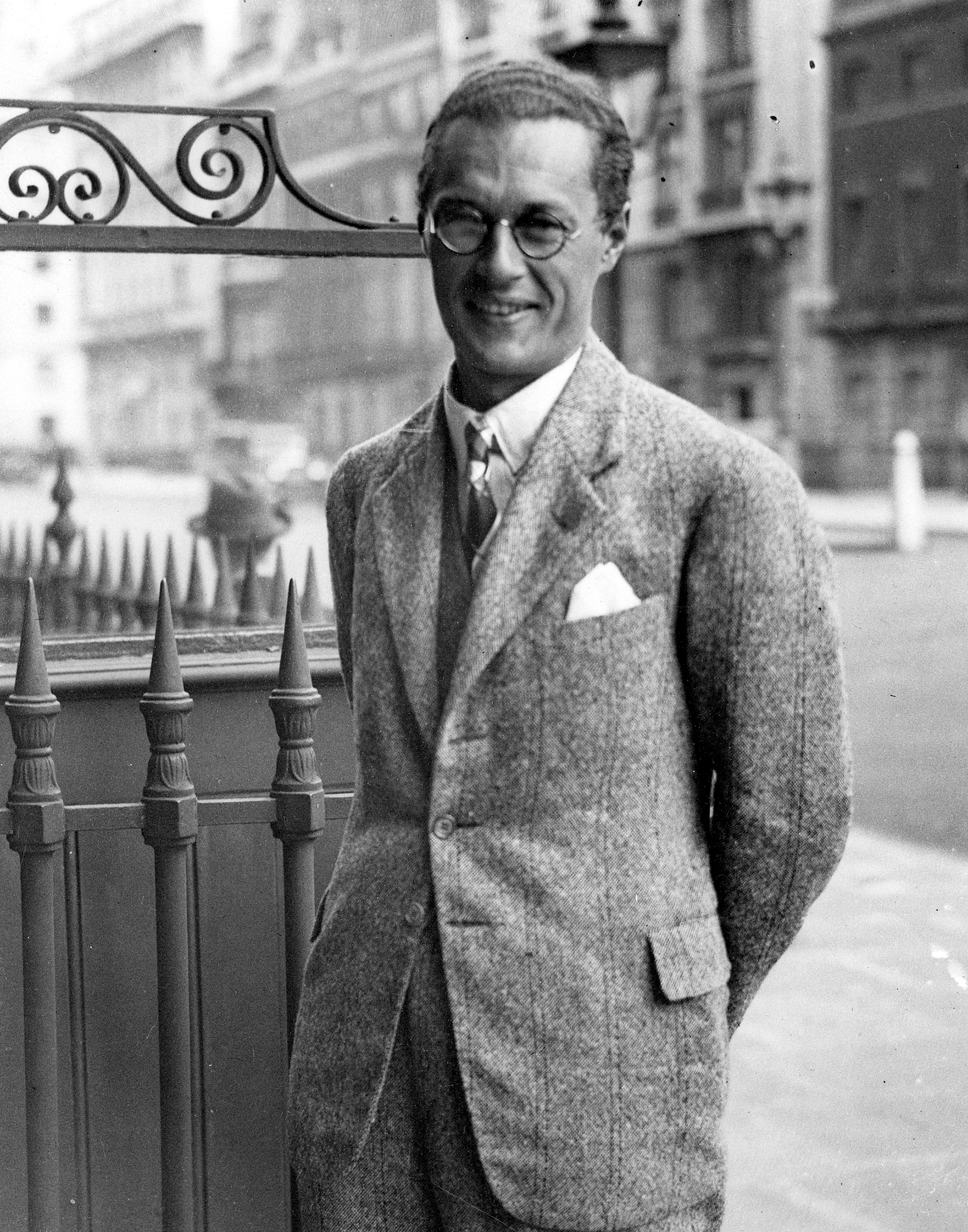
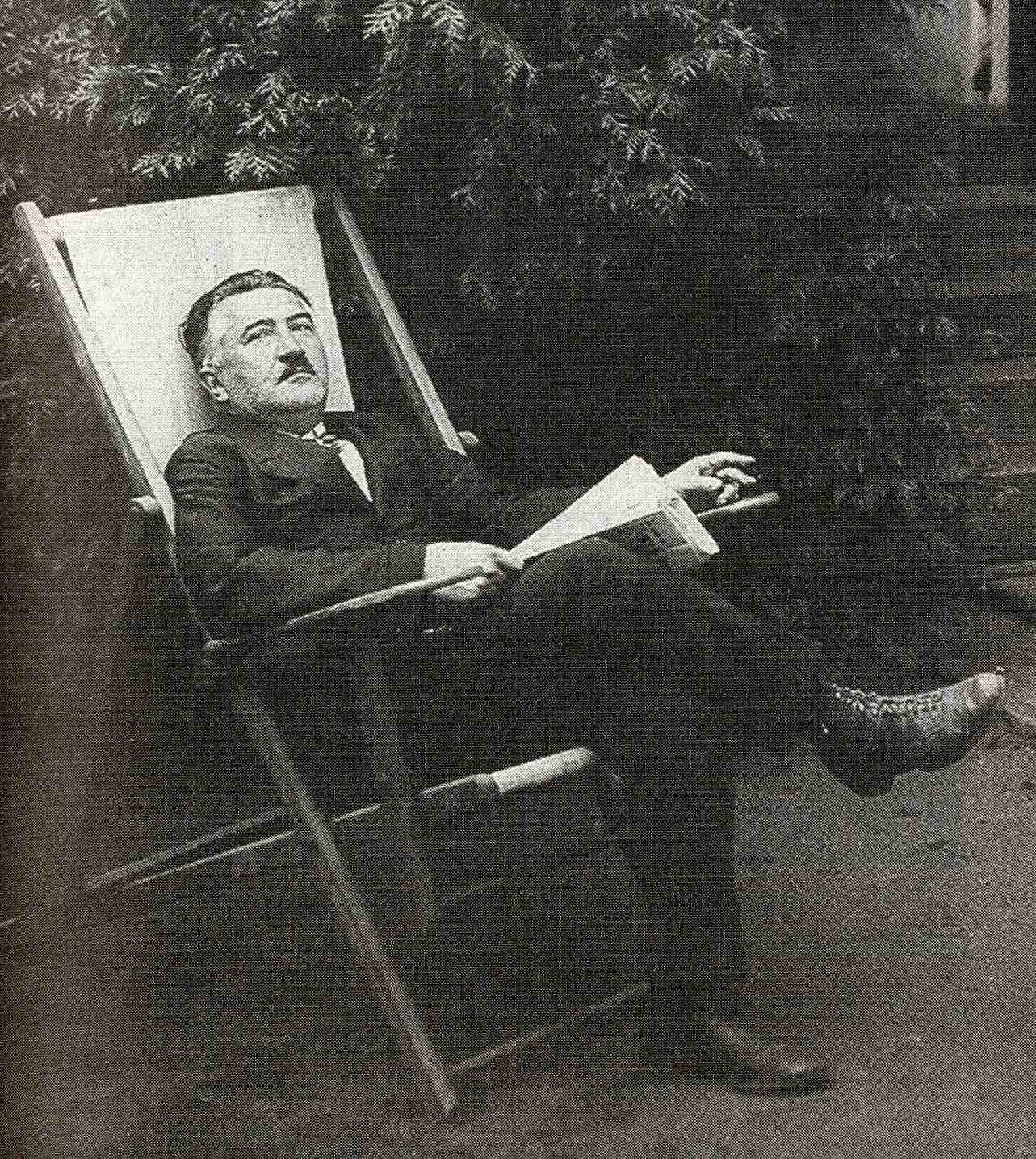






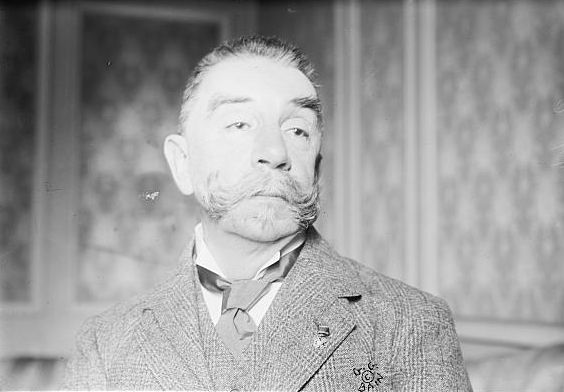


 There were 146 medalists in the art competitions that were part of the
There were 146 medalists in the art competitions that were part of the Olympic Games
The modern Olympic Games or Olympics (french: link=no, Jeux olympiques) are the leading international sporting events featuring summer and winter sports competitions in which thousands of athletes from around the world participate in a vari ...
from 1912 until 1948. These art competitions were considered an integral part of the movement by International Olympic Committee
The International Olympic Committee (IOC; french: link=no, Comité international olympique, ''CIO'') is a non-governmental sports organisation based in Lausanne, Switzerland. It is constituted in the form of an association under the Swiss ...
(IOC) founder Pierre de Coubertin
Charles Pierre de Frédy, Baron de Coubertin (; born Pierre de Frédy; ...
and necessary to recapture the complete essence of the Ancient Olympic Games. Their absence before the 1912 Summer Olympics, according to journalism professor Richard Stanton, stems from Coubertin "not wanting to fragment the focus of his new and fragile movement". Art competitions were originally planned for inclusion in the 1908 Summer Olympics but were delayed after that edition's change in venue from Rome to London following the 1906 eruption of Mount Vesuvius
Mount Vesuvius ( ; it, Vesuvio ; nap, 'O Vesuvio , also or ; la, Vesuvius , also , or ) is a somma-stratovolcano located on the Gulf of Naples in Campania, Italy, about east of Naples and a short distance from the shore. It is one of ...
.Stanton, p. 18. By the 1924 Summer Olympics they had grown to be considered internationally relevant and potentially "a milestone in advancing public awareness of art as a whole".Stanton, p. 69.
During their first three appearances, the art competitions were grouped into five broad categories: architecture, literature, music, painting, and sculpture. The Dutch Organizing Committee for the 1928 Summer Olympics split these into subcategories in the hopes of increasing participation.Stanton, p. 95. Although it was a successful strategy, the 1932 Summer Olympics eliminated several of these subcategories, which led to fewer entries in the broader categories.Stanton, p. 146. For the 1936 Summer Olympics, the German government proposed the addition of a film contest to the program, which was rejected.Stanton, p. 158.
Following a final appearance at the 1948 Summer Olympics
The 1948 Summer Olympics (officially the Games of the XIV Olympiad and also known as London 1948) were an international multi-sport event held from 29 July to 14 August 1948 in London, England, United Kingdom. Following a twelve-year hiatus ca ...
, art competitions were removed from the Olympic program. Planners of the 1952 Summer Olympics
The 1952 Summer Olympics ( fi, Kesäolympialaiset 1952; sv, Olympiska sommarspelen 1952), officially known as the Games of the XV Olympiad ( fi, XV olympiadin kisat; sv, Den XV olympiadens spel) and commonly known as Helsinki 1952 ( sv, Helsin ...
opposed their inclusion on logistical grounds, claiming that the lack of an international association for the event meant that the entire onus of facilitation was placed on the local organizing committee.Stanton, p. 210. Concerns were also raised about the professionalism of the event, since only amateurs were allowed to participate in the sporting tournaments,Stanton, p. 211. and the growing commercialization of the competitions, as artists had been permitted to sell their submissions during the course of the Games since 1928. In 1952 an art festival and exhibition was held concurrent with the Games, a tradition that has been maintained in all subsequent Summer Olympics.Stanton, p. 213.
The IOC does not track medalists in Olympic art competitions in its database and thus the prize winners are only officially recorded in the original Olympic reports. Judges were not required to distribute first, second, and third place awards for every category, and thus certain events lack medalists in these placements. Since participants were allowed multiple submissions, it was also possible for artists to win more than one in a single event, as Alex Diggelmann
Alex Walter Diggelmann (August 20, 1902 – November 21, 1987) was a Switzerland, Swiss graphic artist and book designer best known for his sports posters. Diggelmann won three medals in the Olympic Games.
He won a gold medal in 1936 fo ...
of Switzerland did in the graphic arts category of the 1948 edition. Diggelmann is tied with Denmark's Josef Petersen
Josef Petersen (16 September 1881 – 22 November 1973) was a Danish author, known for many novels with historical motifs, often ancient or medieval, written from 1910 to 1949.
Josef Petersen was the son of a vicar and was a maternal grandson of ...
, who won second prize three times in literature, for the number of medals captured in the art competitions. Luxembourg's Jean Jacoby
Jean Lucien Nicolas Jacoby (March 26, 1891 – September 9, 1936) was a Luxembourg artist. He won Olympic gold medals in the Olympic art competitions of 1924 and 1928, making him the most successful Olympic artist ever.
Life
After ...
is the only individual to win two gold medals, doing so in painting in 1924 and 1928. Of the 146 medalists, 11 were women and only Finnish author Aale Tynni was awarded gold. Germany was the most successful nation, with eight gold, seven silver, and nine bronze medals, although one was won by Coubertin himself, a Frenchman. He submitted his poem ''Ode to Sport'' under the pseudonyms Georges Hohrod and Martin Eschbach, as if it were a joint-entry, and won first prize in the 1912 literature category. The original report credits this medal to Germany. Two individuals, Walter W. Winans and Alfréd Hajós
Alfréd Hajós (1 February 1878 – 12 November 1955) was a Hungarian swimmer, football player and manager, and architect. He was the first modern Olympic swimming champion and the first Olympic champion of Hungary. No other swimmer ever won s ...
, won medals in both athletic and art competitions.
Architecture
Mixed architecture

Mixed architecture, architectural designs
Town planning

Literature
Mixed literature

Dramatic works
Epic works
Lyric and speculative works
Music
Mixed music

Compositions for orchestra

Solo and chorus compositions

Instrumental and chamber
Vocal
Painting
Mixed painting

Drawings and water colors

Engravings and etchings
Graphic works

Paintings

Sculpturing
Mixed sculpturing



Medals
Medals and plaques
Reliefs and medallions
Reliefs
Statues
Statistics
Multiple medalists
Medals per year
References
General
* * * * * * *Specific
Notes
{{featured list Art competitions Arts awards Architecture awards Medalists in art competitions